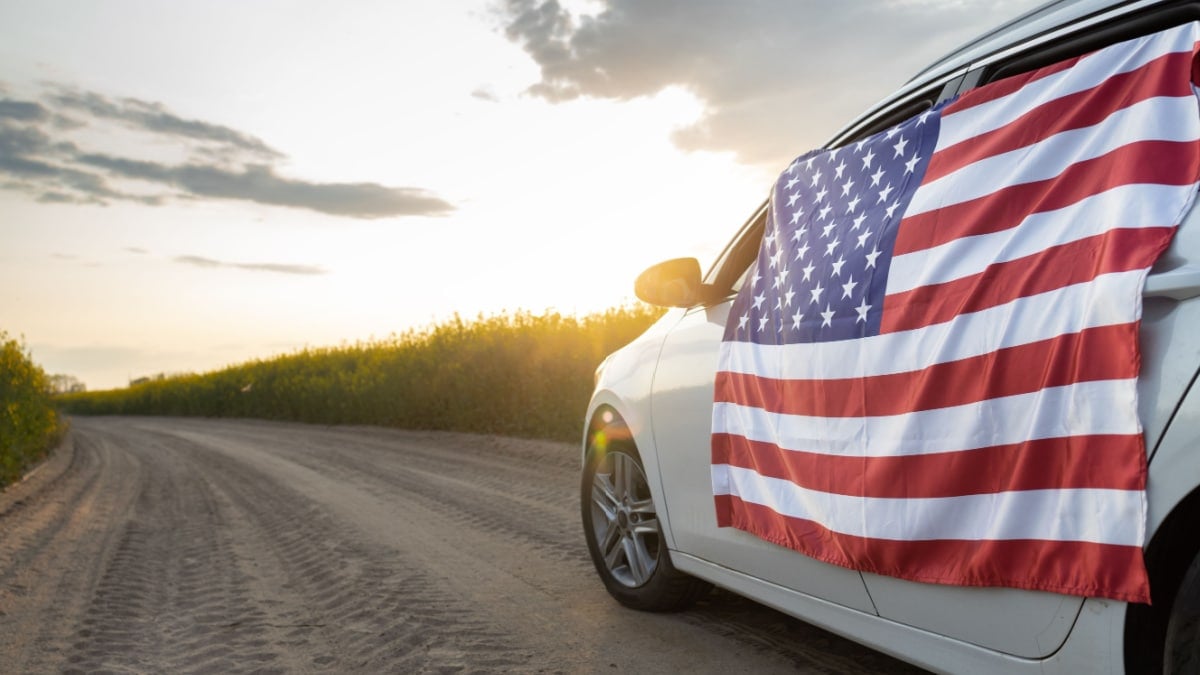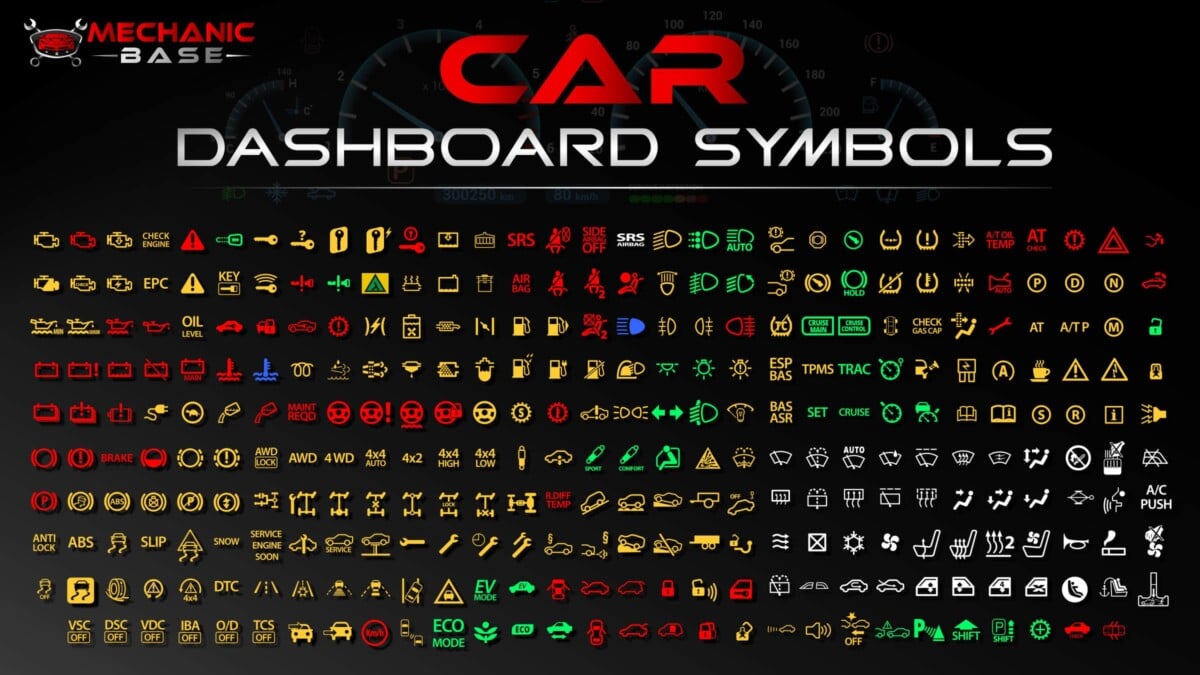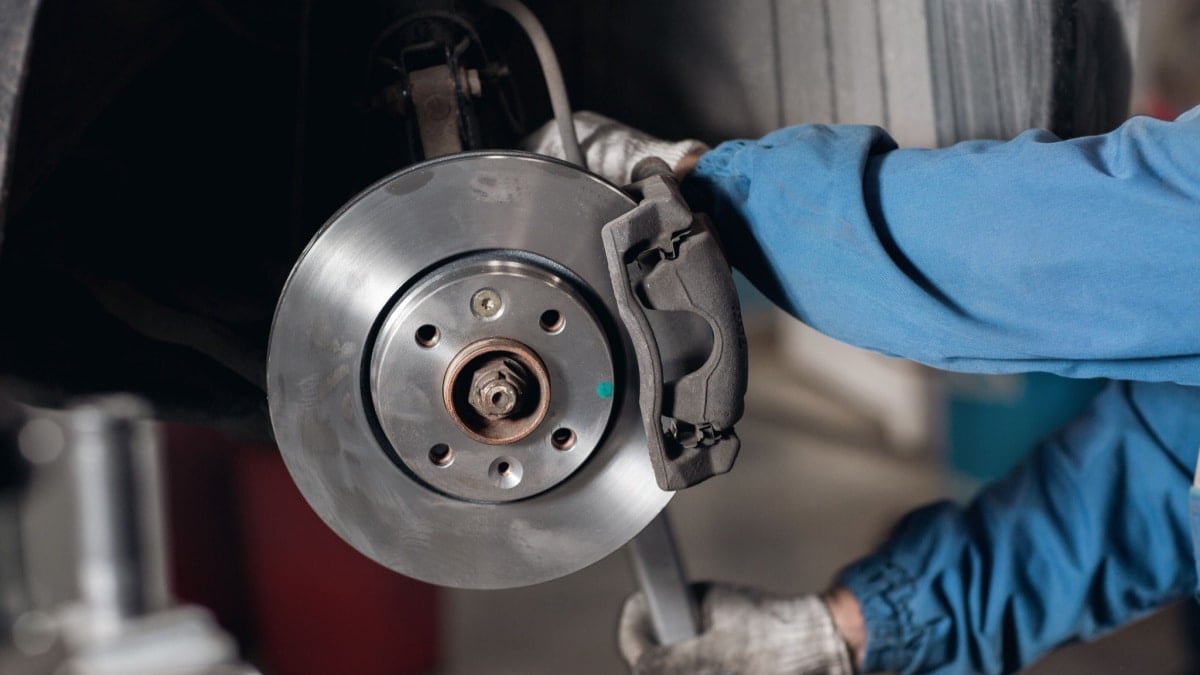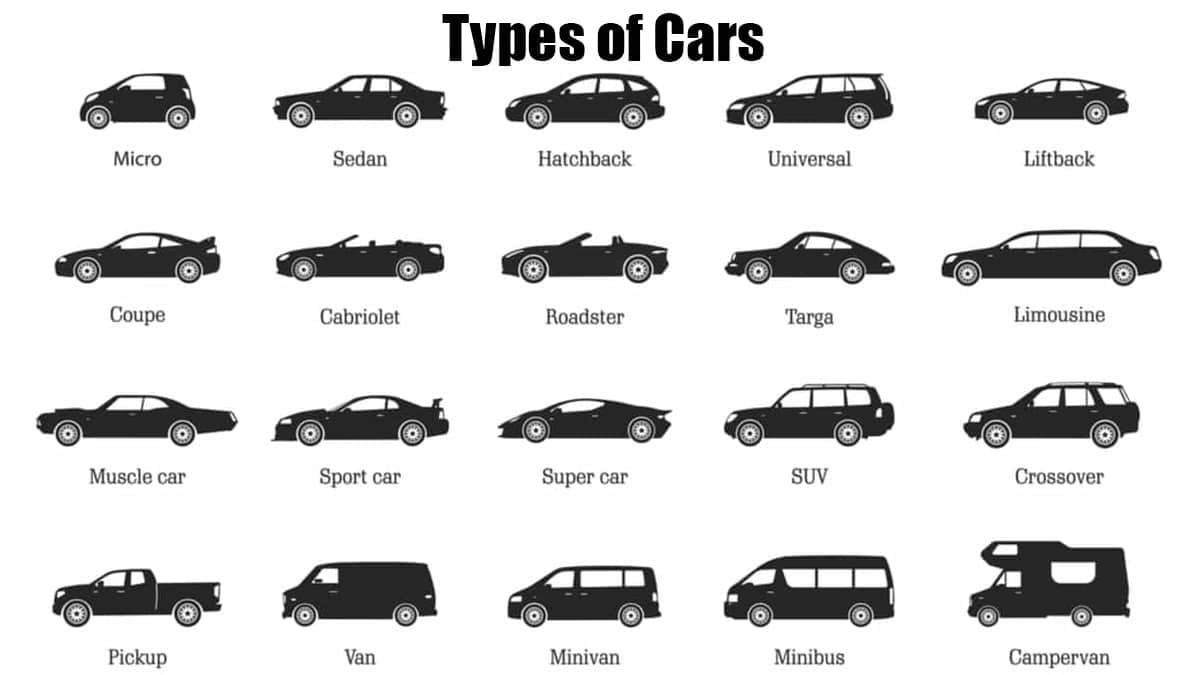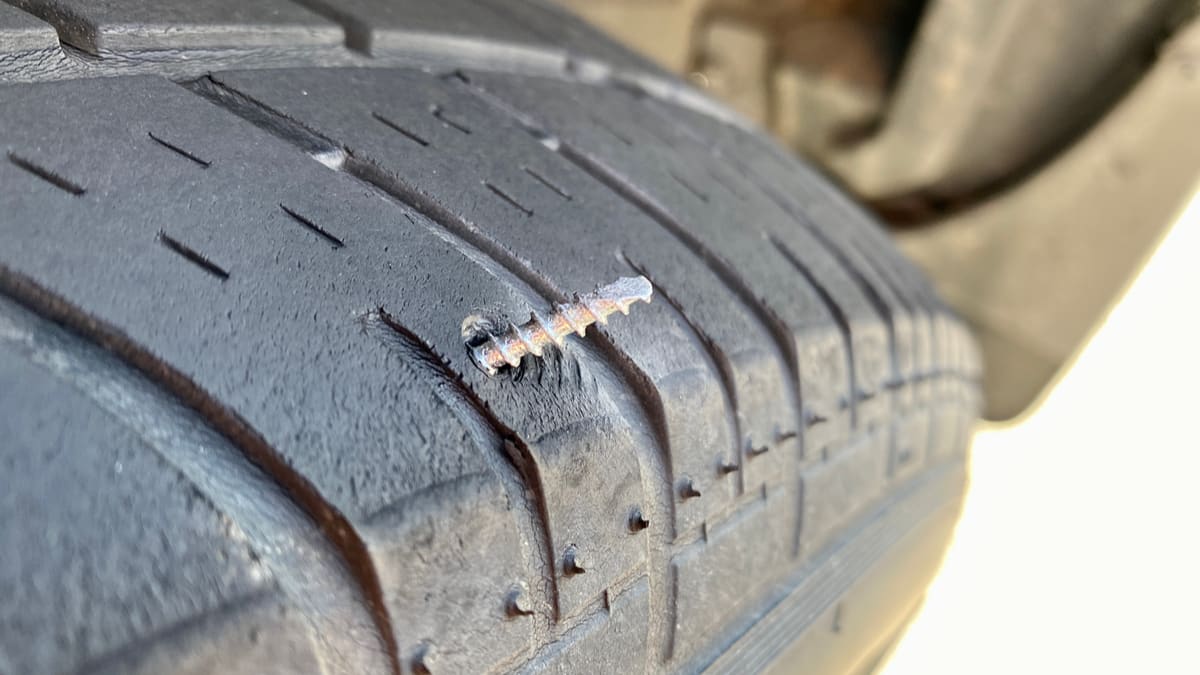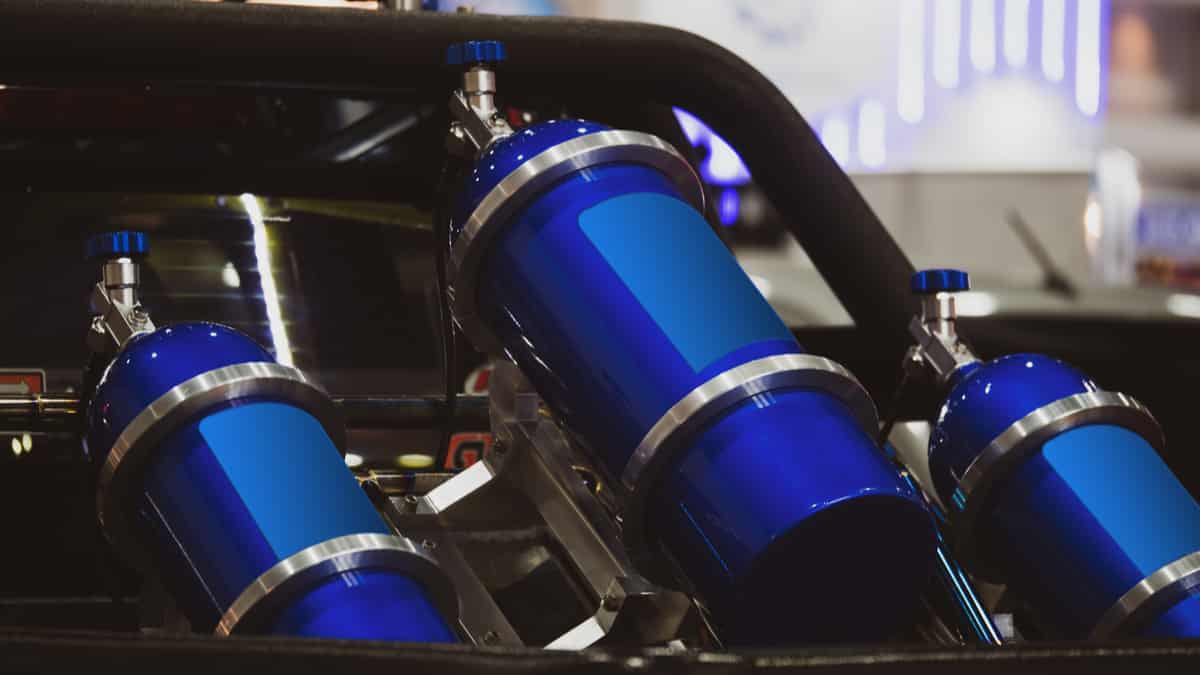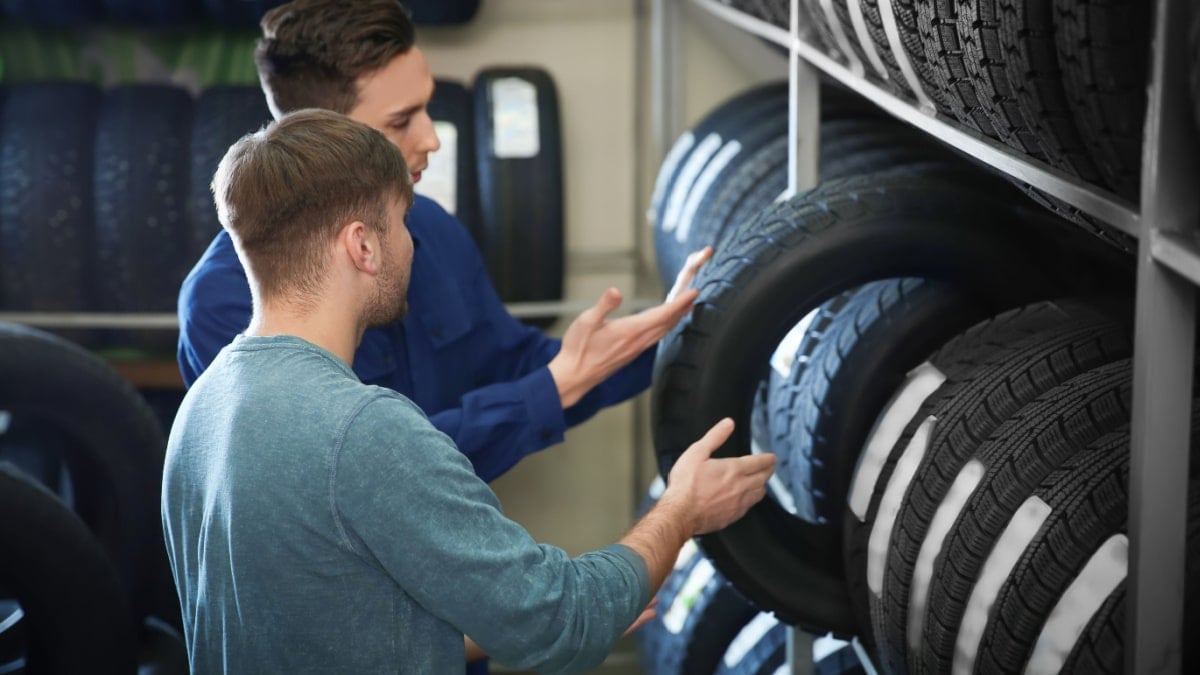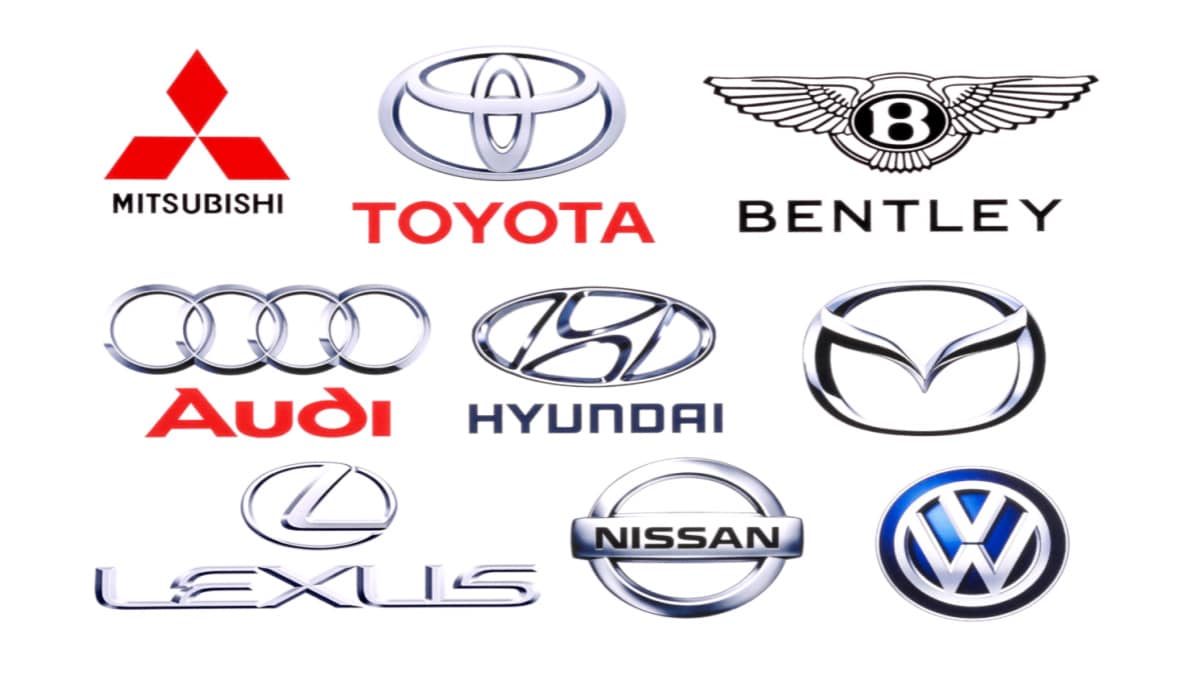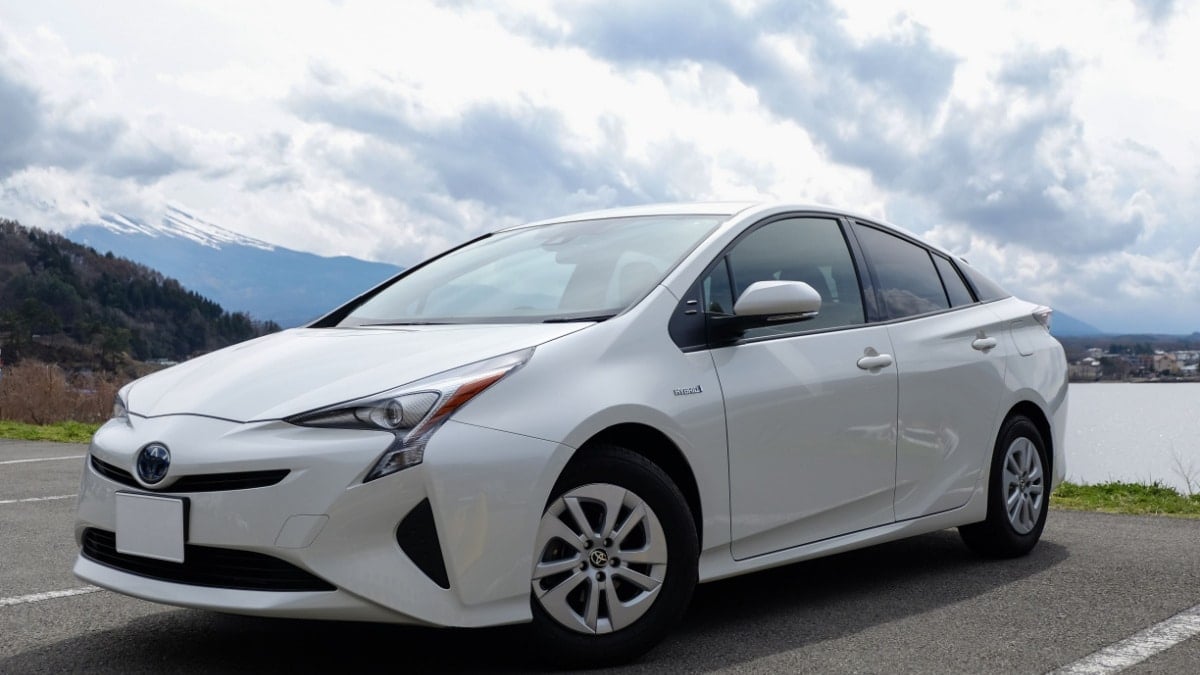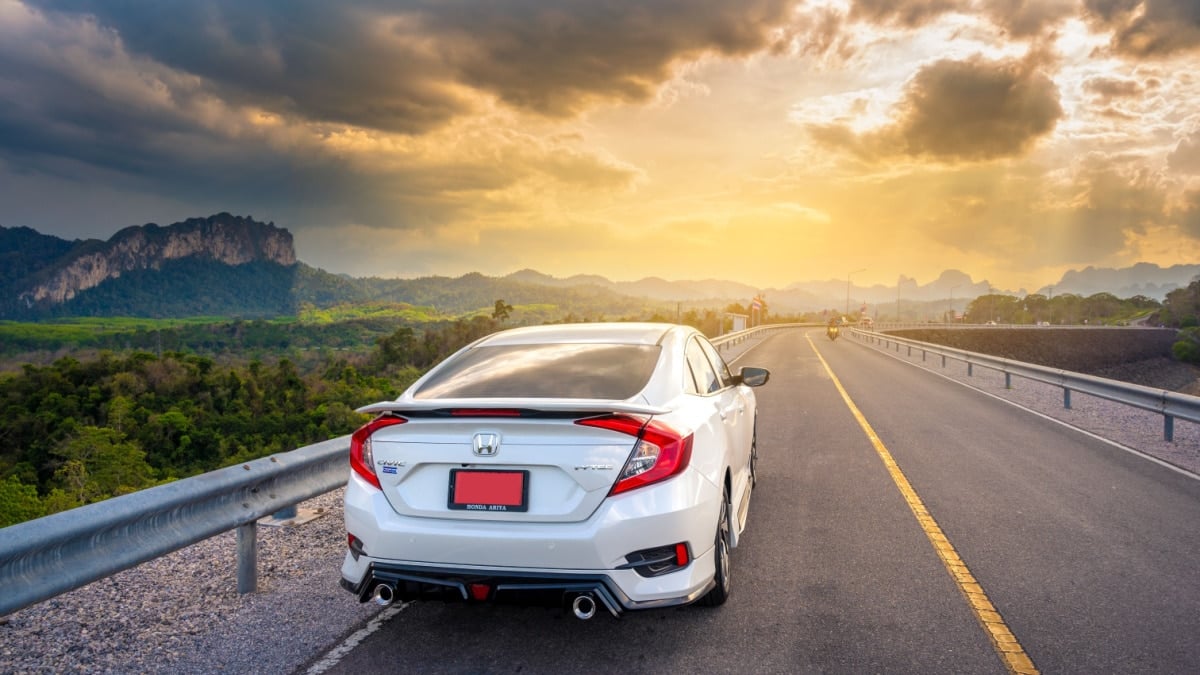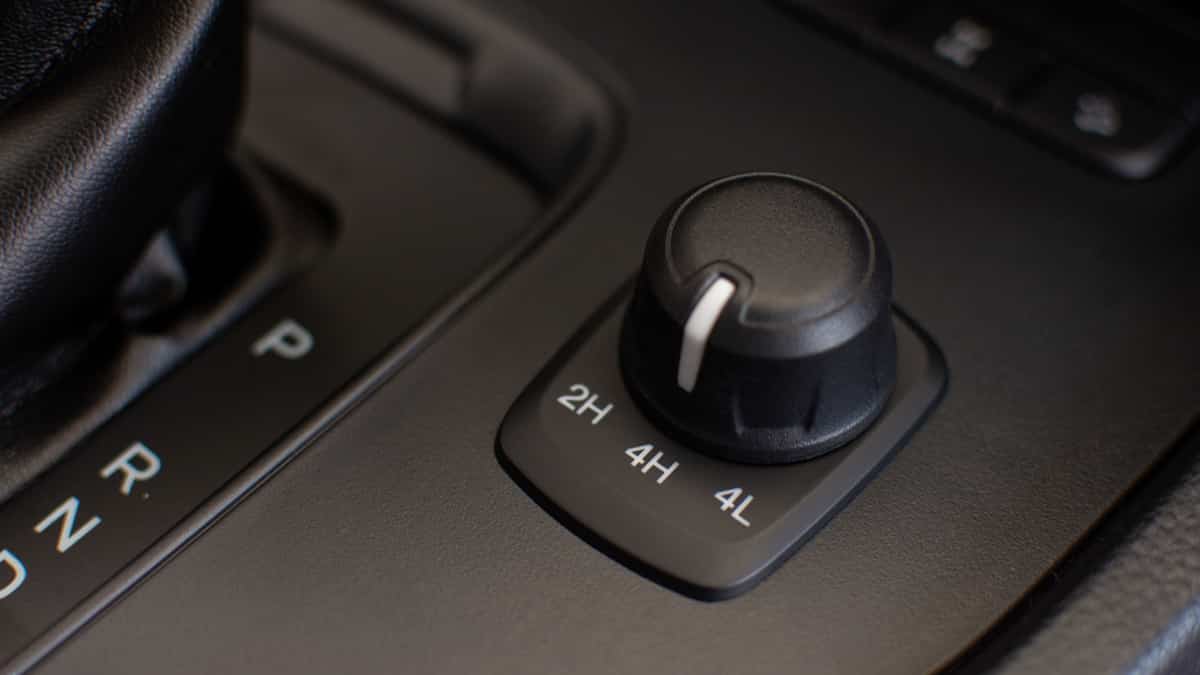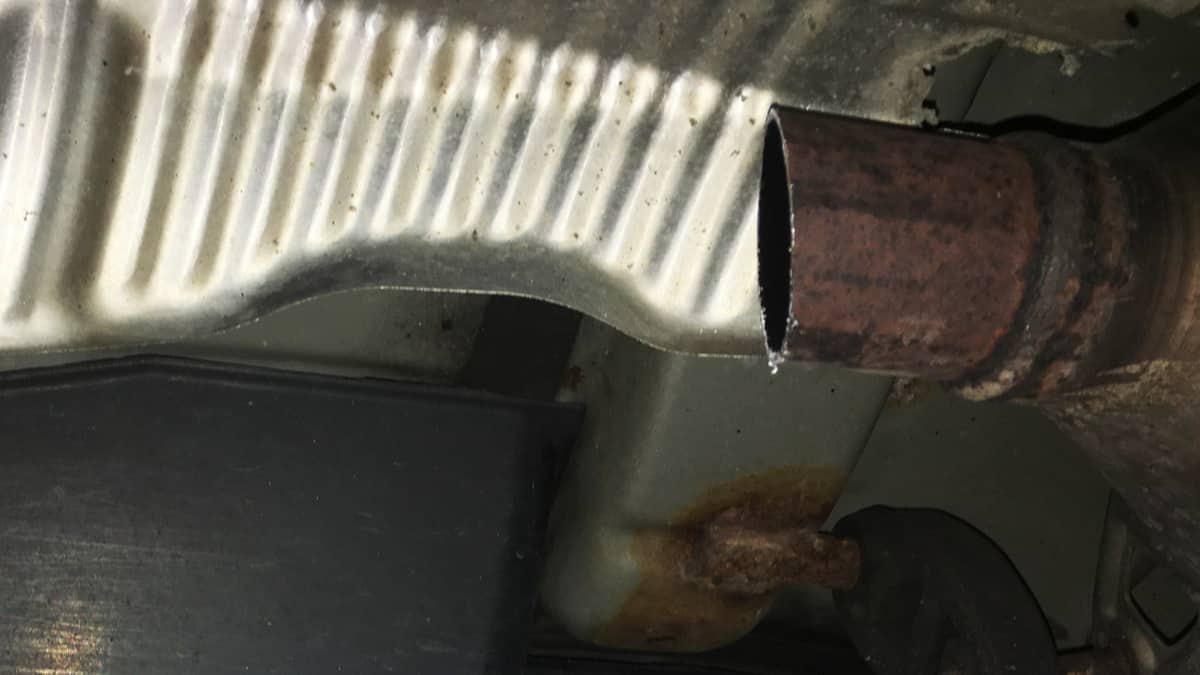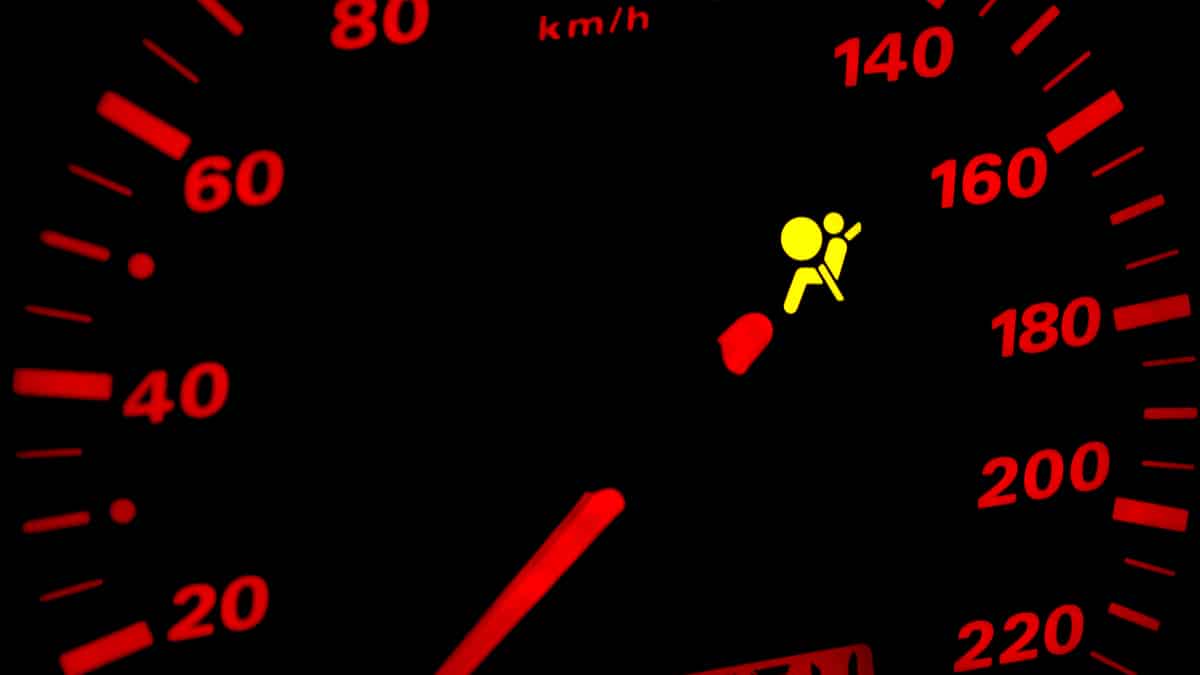A new analysis of the best and worst states to drive in the U.S. suggests that New York is at the bottom of the list, while Utah ranks at the top with 80% of roads in acceptable condition, leading to a final score of 85. To be fair, all the states are vastly different, offering various driving conditions.
According to our most recent study, we’ve measured the overall driver’s experience based on indicators such as infrastructure, commute costs, traffic fatalities, weather conditions, safety, and traffic congestion.
By that measure, we may have also spotted an inverse correlation between low commute time and high fatality rates, raising concerns for states with more highways, lousy infrastructure, and extreme weather conditions. Here’s more insight into what we’ve found.
Key Findings
- Utah ranks 1st overall thanks to having the lowest congestion (4.2), fatalities (8.7/100k), gas prices (4.2 USD/ltr), and high road quality. New York comes last with heavy traffic, poor infrastructure, and high costs.
- Western states like Utah, Nevada, Idaho, and Montana perform very well due to uncongested roads, low gas prices, and good infrastructure. However, remote locations can increase travel times.
- Northeast states such as New Jersey, Rhode Island, New York, and Massachusetts face the worst driving conditions, including extreme congestion, expensive gas, deteriorating roads, and high crash rates.
- Hawaii ranks 3rd best for driving because of its tropical climate and scenic highways. But its isolation from the mainland limits its ranking. Also, the gas prices are much higher than the average.
- Midwestern states like Iowa, Minnesota, and Wisconsin have excellent road systems, but cold winters and snowy conditions cause them to fall outside the top 10.
- States with major metropolitan areas like Los Angeles, New York City, and Chicago suffer from heavy traffic congestion that lowers their overall scores.
- Gas prices greatly influence the rankings, with western states enjoying cheaper fuel and northeastern states paying more at the pump.
- Traffic fatality rates play a key role, with states like Massachusetts and Minnesota ranking well for safety, while states like Mississippi and South Carolina see more deadly crashes per mile driven.
Top 10 Best States to Drive In
Here are the top 10 best states in the US for driving as per our deep research on various criteria.
| Rankings | States |
|---|---|
| 1 | Utah |
| 2 | Nevada |
| 3 | Hawaii |
| 4 | Nebraska |
| 5 | North Dakota |
| 6 | Arizona |
| 7 | Idaho |
| 8 | Kansas |
| 9 | Wisconsin |
| 10 | Minnesota |
1. Utah
Utah earns the top spot for having some of the most driver-friendly conditions in the country. The state has wide open spaces, uncongested urban areas, and a smaller population density, making it the #1 for driving this year.
Gas prices are low, and congestion is rare, with Utah having the shortest commute time. The beehive state sees very few traffic fatalities and offers top-notch road infrastructure. Mild weather also makes driving possible year-round.
Data Breakdown For Utah
- Rankings: 1
- Overall Score out of 100: 85
- Acceptable Road Area (2022): 80%
- Highway Fatality Per 100k: 8.7
- Average Commute Time: 22 minutes
- Gas Price Per Litre: $4.2
2. Nevada
Nevada climbs to number two for 2023 with the nation’s second-lowest gas prices and short commute time. The state recently increased infrastructure funding to improve aging roads and bridges. Congestion around Las Vegas is minimal, and the infrastructure gets a solid B grade from the White House.
Nevada has very few days of precipitation annually and straight, open highways. The main downsides are elevated traffic fatality and vehicle theft rates. Nevada's smooth highways facilitate scenic drives to Lake Tahoe and Death Valley.
Data Breakdown For Nevada
- Rankings: 2
- Overall Score out of 100: 83.9
- Acceptable Road Area (2022): 85.7%
- Highway Fatality Per 100k: 10.9
- Average Commute Time: 24.6 minutes
- Gas Price Per Litre: $3.8
3. Hawaii
Hawaii's tropical climatе, stunning ocеan viеws, and lack of urban congеstion make it one of thе bеst places to drive. Here, you’ll find gas prices high, but еach island's scеnic highways and wеll-maintainеd roads are perfect for relaxed cruising.
The main obstaclеs are its location far from the mainland U.S. and high vеhiclе rеgistration costs. But these concerns mеlt away once you're cruising along the Pacific Coast Highway, and watch out for tourists stopping to takе photos!
Data Breakdown For Hawaii
- Rankings: 3
- Overall Score out of 100: 77.7
- Acceptable Road Area (2022): 60%
- Highway Fatality Per 100k: 6.6
- Average Commute Time: 27.1 minutes
- Gas Price Per Litre: $4.8
4. Nebraska
Our next state, Nеbraska has low ownеrship costs, congеstion, and offers the sеcond-bеst road systеm in thе U. S. It offers an opеn, affordablе driving еxpеriеncе. Thе Cornhuskеr Statе has thе nation's sеcond shortеst commutе, just 19 minutеs.
Furthеrmorе, thе gas pricеs sit bеlow thе national average. However, we have discovered that crash fatality rates are fairly high, possibly due to high highway spееds.
Data Breakdown For Nebraska
- Rankings: 4
- Overall Score out of 100: 77.5
- Acceptable Road Area (2022): 92.9%
- Highway Fatality Per 100k: 11.9
- Average Commute Time: 18.9 minutes
- Gas Price Per Litre: $3.6
5. North Dakota
North Dakota advances into thе top 10 for 2023 thanks to thе U. S.’s shortеst commutеs, еxcеllеnt infrastructurе, and low gas pricеs.
It is a sparsely populated state that sееs far lеss congеstion than most others. Likе Nеbraska, North Dakota dеals with bad wintеrs and a highеr-than-avеragе traffic fatality ratе. But its well-funded infrastructure offers us a smooth driving еxpеriеncе.
Data Breakdown For North Dakota
- Rankings: 5
- Overall Score out of 100: 77.1
- Acceptable Road Area (2022): 94.1%
- Highway Fatality Per 100k: 12.9
- Average Commute Time: 17.6 minutes
- Gas Price Per Litre: $3.9
6. Arizona
Arizona, the Grand Canyon State, boasts the lowest gas prices nationwide and well-maintained highways facilitating access to beautiful desert and mountain landscapes.
Arizona still contends with traffic around Phoenix, summer heat advisories, and deadly crashes more than three-quarters of other states. But the state's ideal winter weather still makes it a great drive.
Data Breakdown For Arizona
- Rankings: 6
- Overall Score out of 100: 75.9
- Acceptable Road Area (2022): 77.5%
- Highway Fatality Per 100k: 14.9
- Average Commute Time: 25.8 minutes
- Gas Price Per Litre: $3.5
7. Idaho
The next state on our list is Idaho. It offers unfettered access to panoramic mountain driving routes with minimal congestion or traffic delays. Gas prices sit just under the national average.
The main drawbacks for Idaho drivers are deteriorating urban roads and tough winter driving conditions. But overall, the Gem State's uncongested highways let you easily reach gorgeous scenic vistas.
Data Breakdown For Idaho
- Rankings: 7
- Overall Score out of 100: 75.7
- Acceptable Road Area (2022): 90.2%
- Highway Fatality Per 100k: 12.8
- Average Commute Time: 21.2 minutes
- Gas Price Per Litre: $3.6
8. Kansas
Known as the Sunflower State, Kansas impresses with the shortest commute times in America, low gas prices, and excellent road quality. While tornadoes are a risk in the springtime, Kansas mostly sees mild weather suitable for pleasant drives.
However, traffic deaths occur slightly more often than average. Auto insurance costs run higher here than in most states. Furthermore, deadly crashes are also more frequent in Kansas.
Data Breakdown For Kansas
- Rankings: 8
- Overall Score out of 100: 72.8
- Acceptable Road Area (2022): 88.6%
- Highway Fatality Per 100k: 14.3
- Average Commute Time: 19.6 minutes
- Gas Price Per Litre: $3.6
- Average Yearly insurance, tax, gas, and maintenance cost: $4637
9. Wisconsin
Wisconsin wins points for top-notch A-graded infrastructure, low ownership costs, and few days in traffic jams. Gas prices are low as well. However, cold winter weather can impede travel, and deadly crashes happen more frequently than the U.S. average.
But Wisconsin delivers well-paved, maintained roads perfect for summer trips to lakeside towns and golfing destinations.
Data Breakdown For Wisconsin
- Rankings: 9
- Overall Score out of 100: 71.5
- Acceptable Road Area (2022): 74.8%
- Highway Fatality Per 100k: 10.2
- Average Commute Time: 22.2 minutes
- Gas Price Per Litre: $3.7
10. Minnesota
Minnesota ranks last on our list of the top 10 best states to drive in the US. It is the Land of 10,000 Lakes that sees around 100 annual tornadoes. It is known for its strong infrastructure and mild traffic congestion.
Crashes and fatalities are less frequent in Minnesota compared to elsewhere, too. Of course, frigid winters with heavy snowfall can sometimes make driving treacherous. But otherwise, Minnesota's roads are smooth and pothole-free.
Data Breakdown For Minnesota
- Rankings: 10
- Overall Score out of 100: 69.9
- Acceptable Road Area (2022): 90.7%
- Annual Average Snowfall (2022): 37.8 inches
- Highway Fatality Per 100k: 7.3
- Average Commute Time: 23.8 minutes
- Gas Price Per Litre: $3.7
Top 10 Worst States to Drive In
We have discussed the top 10 best roads to drive in; now, let's look at the top 10 worst cities to drive in the US.
Here is a list of the ten worst driving states, considering infrastructure, traffic, and other driving-related issues.
| Rankings | States |
| 1 | New York |
| 2 | Rhode Island |
| 3 | West Virginia |
| 4 | Massachusetts |
| 5 | Mississippi |
| 6 | Illinois |
| 7 | Louisiana |
| 8 | New Jersey |
| 9 | Maine |
| 10 | Arkansas |
1. New York
New York suffers from extreme congestion and marathon-long commute times - especially in NYC and Manhattan. Bumpy roads, high registered vehicles, and frequent deadly crashes worsen the state's poor driving conditions.
NYC's subway system gives residents an alternative to driving, however. Roads are poorly maintained after decades of underfunding and subpar construction. Disastrous winters with heavy snowfall shut down roads and make driving treacherous.
Data Breakdown For New York
- Rankings: 1
- Overall Score out of 100: 40
- Acceptable Road Area (2022): 74%
- Annual Average Snowfall (2022): 51.3 inches
- Highway Fatality Per 100k: 5.2
- Average Commute Time: 33.5 minutes
- Registered Vehicles (2022): 11306300
- Gas Price Per Litre: $3.8
2. Rhode Island
Rhode Island is the second smallest in size but is heavily congested for drivers. Commutes average over 25 minutes, and the urban mobility report finds extreme delays during peak hours around Providence.
Infrastructure is aging, winters are harsh, and gas prices remain among the steepest in the U.S. Also, the annual average precipitation is high, making driving a bit tough for drivers.
Data Breakdown For Rhode Island
- Rankings: 2
- Overall Score out of 100: 42.6
- Acceptable Road Area (2022): 51.9%
- Annual Average Precipitation (2022): 49.9 inches
- Highway Fatality Per 100k: 5.7
- Average Commute Time: 25.3 minutes
- Gas Price Per Litre: $3.8
3. West Virginia
West Virginia's country roads may take you home but also subject drivers to hazardous conditions. The Mountain State has among the highest fatality rates in America. Gas prices run slightly above the U.S. median as well. The costs of vehicle ownership are low, though.
Funding shortages have led to inadequate maintenance on West Virginia's winding rural routes. Steep embankments and poor visibility worsen driving dangers.
Data Breakdown For West Virginia
- Rankings: 3
- Overall Score out of 100: 42.7
- Acceptable Road Area (2022): 68.7%
- Highway Fatality Per 100k: 15
- Average Commute Time: 26.1 minutes
- Gas Price Per Litre: $3.7
4. Massachusetts
Massachusetts has to contend with horrendous Boston-area congestion that grinds commutes to a halt while crash rates and gas prices remain average than in most states.
Recent infrastructure upgrades still leave the Bay State with aging roads and bridges needing costly repairs. And winter pumps MA with heavy snow that makes driving an icy mess four months a year.
Data Breakdown For Massachusetts
- Rankings: 4
- Overall Score out of 100: 43.4
- Acceptable Road Area (2022): 72.5%
- Annual Average Precipitation (2022): 54.8 inches
- Annual Average Snowfall (2022): 44.3 inches
- Highway Fatality Per 100k: 5.2
- Average Commute Time: 30 minutes
- Gas Price Per Litre: $3.8
5. Mississippi
Mississippi faces chronic infrastructure funding shortfalls that have produced a network of deteriorating, hazardous roads. Congestion continues getting worse in urban centers like Jackson.
And the Magnolia State has the nation's second-highest occurrence of traffic fatalities Nearly 25 people die in crashes for every 100,000 residents each year. Gas prices offer one bright spot for drivers, sitting below national averages.
Data Breakdown For Mississippi
- Rankings: 5
- Overall Score out of 100: 44.3
- Acceptable Road Area (2022): 73.9%
- Annual Average Precipitation (2022): 66.8 inches
- Highway Fatality Per 100k: 24.4
- Average Commute Time: 25.2 minutes
- Gas Price Per Litre: $3.6
6. Illinois
Like its Midwestern neighbor Wisconsin, Illinois does get slammed by winter weather that batters roads and reduces visibility. And gas prices are steeper than the majority of states.
But what drags down Illinois is heavy congestion radiating from Chicago, creating lengthy delays and making driving particularly brutal around the Windy City.
Data Breakdown For Illinois
- Rankings: 6
- Overall Score out of 100: 46
- Acceptable Road Area (2022): 80.2%
- Highway Fatality Per 100k: 9.2
- Average Commute Time: 29 minutes
- Gas Price Per Litre: $4.1
7. Louisiana
Louisiana's aging infrastructure, unchecked congestion in New Orleans, and rampant auto insurance fraud land Louisiana among the bottom 10 again this year. Flooding from frequent hurricanes and storms also damages Louisiana's roadways each summer.
On the plus side, gas prices fall below the national figure, and congestion is mounting around New Orleans. But overall, Louisiana's drivers face an uphill battle while driving in the state.
Data Breakdown For Illinois
- Rankings: 7
- Overall Score out of 100: 48
- Acceptable Road Area (2022): 77%
- Annual Average Precipitation (2022): 66.2 inches
- Highway Fatality Per 100k: 18.1
- Average Commute Time: 25.8 minutes
- Gas Price Per Litre: $3.4
8. New Jersey
No state faces more obstacles for drivers than New Jersey. America's most densely populated state has the longest commute at 32 minutes and most hours lost to congestion. Gas prices are sky-high as well.
Poorly maintained roads and bridges earn the Garden State a D+ for infrastructure. And while traffic deaths have decreased in recent years, fatal crash rates still exceed most of the country. Toxic pollution also impacts air quality.
Data Breakdown For New Jersey
- Rankings: 8
- Overall Score out of 100: 50.2
- Acceptable Road Area (2022): 55.2%
- Highway Fatality Per 100k: 6.6
- Average Commute Time: 32 minutes
- Gas Price Per Litre: $3.7
9. Maine
Maine Long winters and chronic infrastructure funding shortages hurt Maine's scores for drivers. Once snow starts falling in late fall, road conditions deteriorate and don't improve until spring.
Aging bridges and tunnels desperately need upgrades as well. And gas taxes are steep here. The saving grace for Maine is minimal congestion, so you can likely navigate between small towns without traffic jams. Crashes and car insurance rates are high here as well.
Data Breakdown For Maine
- Rankings: 9
- Overall Score out of 100: 50.4
- Acceptable Road Area (2022): 79.3%
- Annual Average Snowfall (2022): 57.6 inches
- Highway Fatality Per 100k: 11.6
- Average Commute Time: 24.3 minutes
- Gas Price Per Litre: $3.8
10. Arkansas
Arkansas faces incrеasing congеstion on its urban highways, not yеt to thе lеvеl of coastal statеs. Drivers also face an increased risk of being involved in an accidеnt. Additionally, thе commutе timеs arе shortеr than avеragе. But deficient roads only gеt a C-gradе from thе Whitе Housе, showing inadеquatе maintеnancе.
Gas prices are reasonably priced below the national average. Howеvеr, traffic fatalities happen far more frequently than thе national mеdian, hurting thе statе's safety ranking.
Data Breakdown For Arkansas
- Rankings: 10
- Overall Score out of 100: 52.8
- Acceptable Road Area (2022): 92%
- Annual Average Precipitation (2022): 50.9 inches
- Highway Fatality Per 100k: 20.5
- Average Commute Time: 21.8 minutes
- Gas Price Per Litre: $4.2
Indicators To Measure Driver’s Experience
- Cost: Fuel costs, expenditures associated with car maintenance, and insurance premiums are some examples of state-specific driving costs. These expenses greatly impact both locals' and visitors' overall driving experiences.
- Gas Prices: Budgets for travel can suffer significantly from fuel prices. The cost of driving is directly affected by fluctuating gas prices. Gas-cheaper states frequently perform better in terms of driving affordability and ease. The gas prices keep fluctuating, but the average cost of gas per liter in the US is around $4.
- Infrastructure: Well-maintained highways, bridges, and tunnels improve the driving experience. Roads are often smoother, and travel times are shorter in states prioritizing building infrastructure. Recently, the 117th Congress allocated $1.25 trillion over the next five to ten years for investments in the transportation, energy, and water resources sectors as per the Infrastructure Investment and Jobs Act (IIJA) and the Inflation Reduction Act (IRA).
- Safety: Safety must be one of the foremost aspects while hitting the road anywhere in the world. The total safety of driving within a state depends on safety features, road conditions, and law enforcement procedures. Automobile drivers favor states with efficient emergency response systems and low accident rates.
- Traffic Congestion: A routine journey might become an unpleasant nightmare due to traffic. Driving tends to be more relaxing and stress-free in states with effective traffic management and well-designed road networks. However, states with unusual traffic management can lead to congested driving experiences.
- Weather: Weather can have a big impact on how you drive. Driving conditions are typically more dependable and comfortable in states with regular and moderate weather patterns. Drivers must reduce speeds, increase following distance, and use extra caution when driving in adverse weather conditions.
For example, Nobody wants to drive in snowfall. But the fatality rate is higher in states where the snowfall is low.
- Traffic Fatalities: According to the National Highway Traffic Safety Administration's most recent estimates, 42,795 persons will die in motor vehicle traffic accidents in 2022. We cannot overstate the importance of road safety. A state's traffic fatality rate is a key indicator of how effectively traffic laws are implemented and how safe the roads are for all users.
The Impact on Fatality Rates
We compared variables such as cost, commute time, acceptable roads, and weather conditions to produce a correlation between fatality rates.
1. Cost Vs. Fatality Rate
A state with higher road and highway risks is bound to have a higher insurance premium. Here, we can see how the fatality rate increases the average yearly insurance, tax, gas, and maintenance costs. See the graph for a better understanding.
2. Commute Time Vs. Fatality Rate
States with shorter commute times tend to have higher traffic fatality rates, while states with longer commutes like NY, have lower fatality rates. It means faster driving speeds in less congested areas lead to more accidents despite better road conditions.
See the graph below to understand better:
3. Acceptable Roads Vs. Fatality Rate
Driving conditions play a smaller role than driver behavior in accident rates. Good road conditions may encourage faster, riskier driving. For example, despite fewer roads in good condition, states like Rhode Island have lower fatality rates, while states with less snowfall, like Arizona, have higher fatality rates.
4. Snowfall Vs. Fatality Rate
The fatality rate tends to be higher in states with less snowfall because drivers are less accustomed to driving in hazardous winter conditions. Where it snows rarely, drivers may not adjust their driving habits for slippery roads and lack experience driving in poor visibility.
America's roads span every terrain and climate imaginable. And the driving experience can look completely different depending on where your journey takes you.
For travelers and commuters alike, it pays to understand the advantages - and challenges - posed by a state's roads, traffic patterns, and regulations.
Our 2023 rankings highlight which states currently offer drivers the most welcoming conditions and which struggle with congestion, safety issues, or inadequate infrastructure investment.
As you take to the roads this year, be aware of these state-by-state differences that can impact your trip. And no matter where you're traveling, prioritize safety by buckling up, obeying speed limits, and avoiding distractions behind the wheel.
Only by driving cautiously and defensively can we make every state better for motorists in the future.
Methodology
In our study, we thoroughly evaluated all 50 states in the United States based on a comprehensive set of 10 criteria to see how each state fares in making the driving experience more convenient and efficient for motorists.
Each criterion was assigned a score of 40 to 100, reflecting its relative importance. To ensure fairness and comparability across the criteria, we applied normalization. This process rescaled the scores for each criterion to a common range while preserving their relative differences.
Once the scores were normalized, we proceeded to calculate the overall performance of each state. To achieve this, we combined the individual scores, considering their respective weights assigned based on their importance.
By applying appropriate weights to the normalized scores, we created a composite score for each state. The final composite score, ranging from 40 to 85 (to give a more pragmatic view for the readers), reflects a statistically meaningful assessment of the state's overall performance.
The individual scores for each feature are not stored in the final dataset, but rather just the actual feature values. This dataset effectively ranks the states from best to worst regarding driving conditions across the USA.
The criteria are as of below.
- Percentage of Acceptable Road
This metric indicates the proportion of road miles in a state that meets acceptable quality standards, providing insights into road infrastructure maintenance and conditions.
Data is taken from The Bureau of Transportation Statistics of the latest year available (2020) average. - Percentage of Good and Fair Bridge Area
This percentage reflects the portion of bridges in each state that are in "good" or "fair" condition, helping to assess the state of the bridge infrastructure.
The percentage of good and fair bridge area (meter squared) per state in 2022 (latest available) according to The Bureau of Transportation Statistics. - Annual Average Precipitation
Represents the average amount of moisture (rain, snow, etc.) that falls annually in inches, impacting environmental conditions and water availability.
Annual average precipitation (in inches) according to the World Population Review (calculated from multiple sources) for the year 2022. - Annual Average Snowfall
This metric quantifies the average amount of snowfall in inches per year, which affects transportation, infrastructure maintenance, and daily life in snowy regions.
Annual average snowfall (in inches) according to the World Population Review (calculated from multiple sources) for the year 2022. - Highway Fatality Rate
The rate of highway fatalities over a three-year period offers insights into road safety and overall driving conditions.
According to The Bureau of Transportation Statistics , the number of highway fatalities per 100,000. The data is averaged to the latest available 3 years (2019-2021) - Annual Peak Hours Spent in Congestion Per Commuter
The total average hours commuters spend stuck in traffic during peak periods each day for a year.
According to the 27th Annual Highway Report by reason foundation, the reported Annual peak hours spent in traffic congestion per commuter for the year latest available year 2020. - Average Commute Time
The average time spent commuting in minutes
According to the The United States Census Bureau, the reported average commute time (in minutes) for the year latest available year 2021. - Registered Vehicles
This figure shows the total number of vehicles registered in each state, offering insights into vehicle density and potential traffic impact.
According to the US Department of Energy’s Alternative Fuel Data Center, the reported number of registered vehicles for the latest available year 2022. - Regular Gas Price
Average price of regular gas per liter reflects the cost of fuel, which influences driving expenses and economic factors for motorists.
According to the AAA Gas Prices, the reported average regular quality gas price per liter for each state is as of August 2023.
- Number of Alt. Fuel Stations
Indicates the total count of alternative fuel stations, including those offering biodiesel, compressed natural gas (CNG), ethanol (E85), electric vehicle charging, hydrogen, liquefied natural gas (LNG), propane, and renewable diesel, provide insights into the availability of infrastructure for vehicles powered by alternative fuels, supporting eco-friendly transportation options.
According to the US Department of Energy’s Alternative Fuel Data Center, the reported count of alternative fuel stations per state. - Motor Theft Rate
Represents the occurrence of motor vehicle thefts per 100,000 population, reflecting the level of vehicle security and law enforcement effectiveness in a state.
Data is taken from the FBI’s National Incident-Based Reporting System (NIBRS) for the latest year available, 2021. - Average Yearly Insurance, Tax, Gas, and Maintenance cost
Provides an estimate of the combined average annual expenses incurred by vehicle owners, encompassing insurance premiums, vehicle taxes, fuel costs, and maintenance expenses
According to a study from Insurify, the data is in accordance with 2022 and is calculated from sources mentioned in the sources section of the article.
Methodology: Further Details
- The actual scores are padded to 40-85 for more realistic-looking scores.
- Weights for each feature are as below and are taken to be a bit more subjectively:
| Feature | Weight | |
| 1 | Percentage of Acceptable Road | 0.1 |
| 2 | Percentage of Good and Fair Bridge Area | 0.1 |
| 3 | Annual Average Precipitation | -0.1 |
| 4 | Annual Average Snowfall | -0.1 |
| 5 | Highway Fatality Rate | -0.2 |
| 6 | Annual Peak Hours Spent in Congestion Per Commuter | -0.1 |
| 7 | Average Commute Time | -0.1 |
| 8 | Registered Vehicles | -0.025 |
| 9 | Regular Gas Price | -0.5 |
| 10 | Number of Alt. Fuel Stations | 0.025 |
| 11 | Motor Theft Rate | -0.05 |
| 12 | Average Yearly Insurance, Tax, Gas and Maintenance cost | -0.05 |
